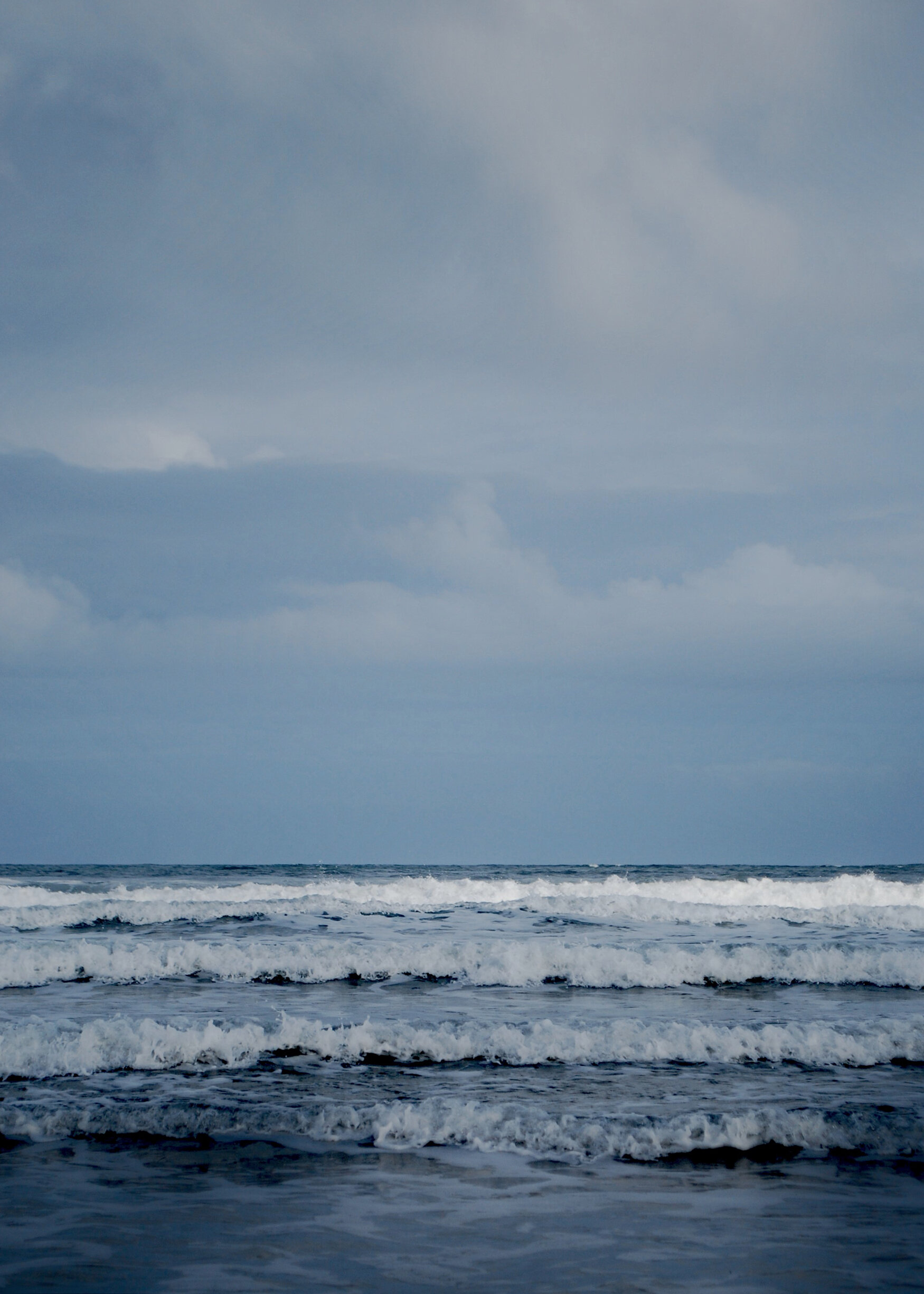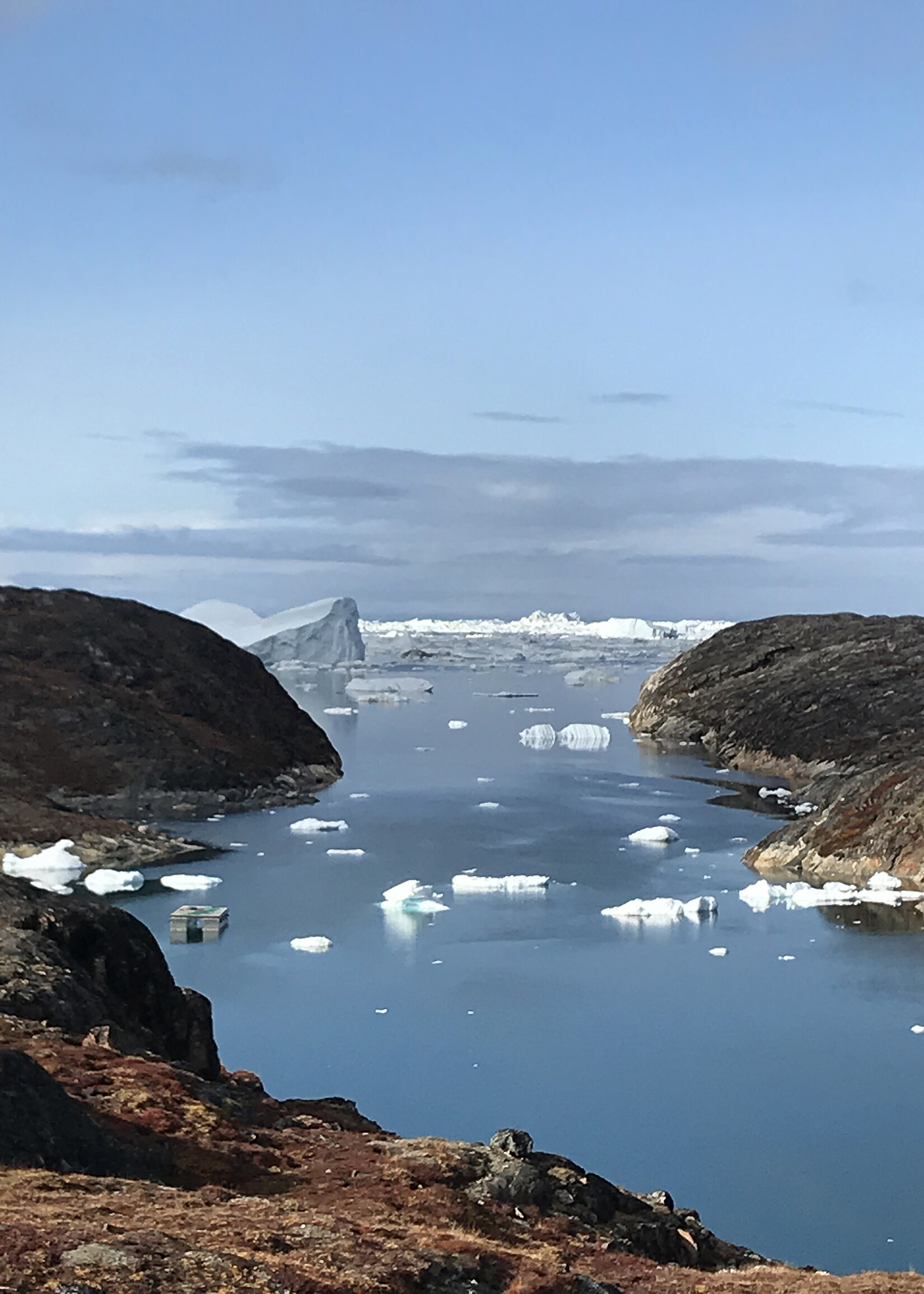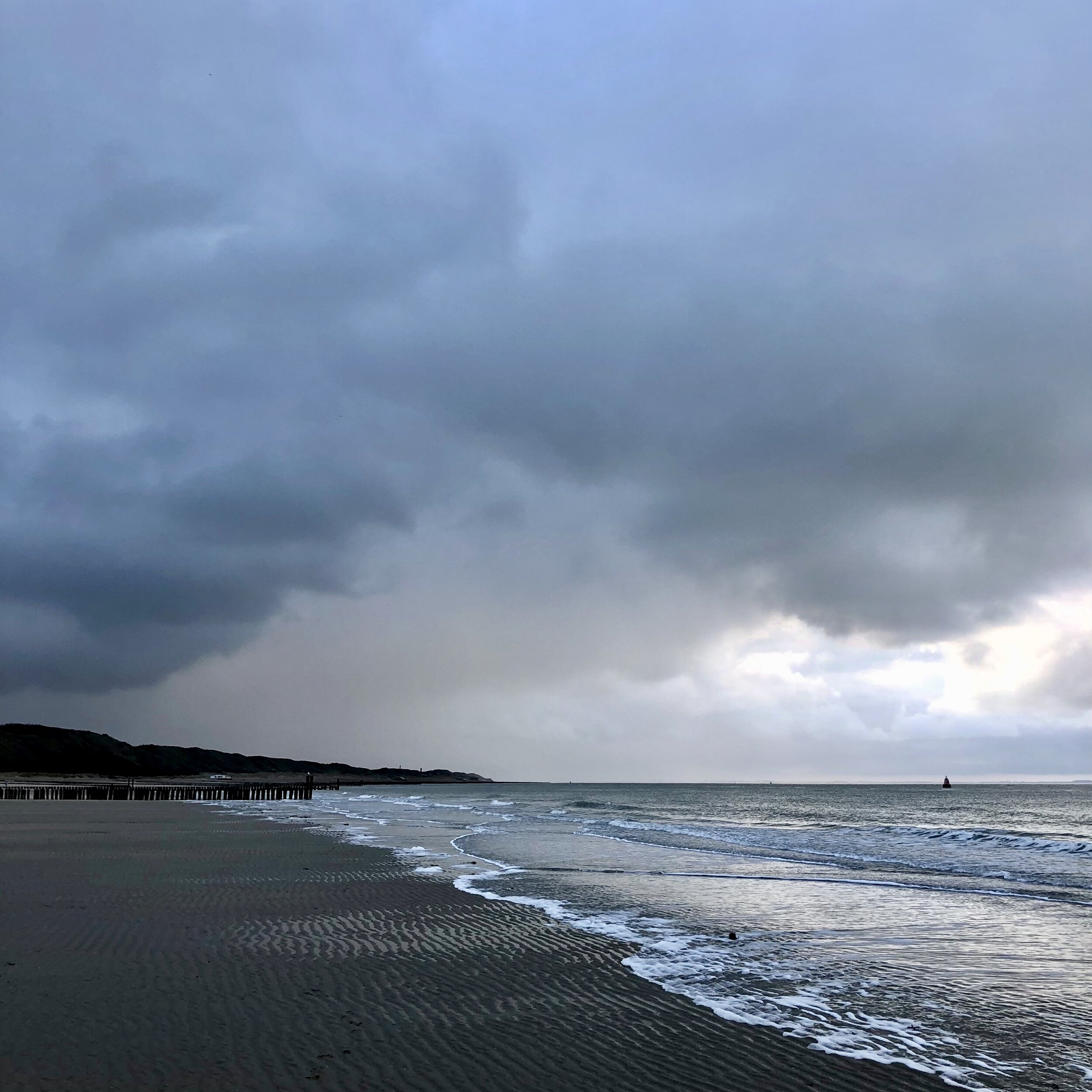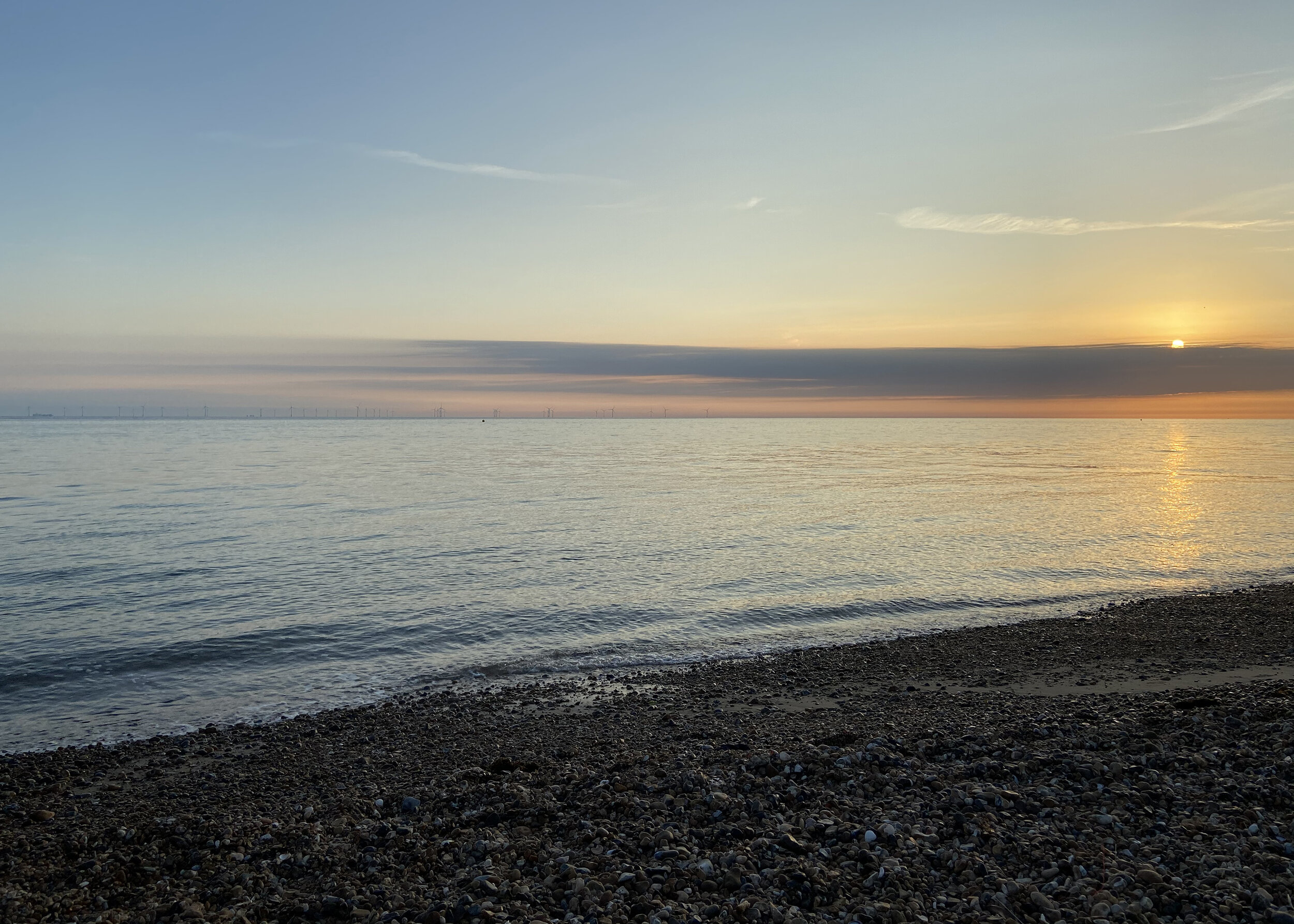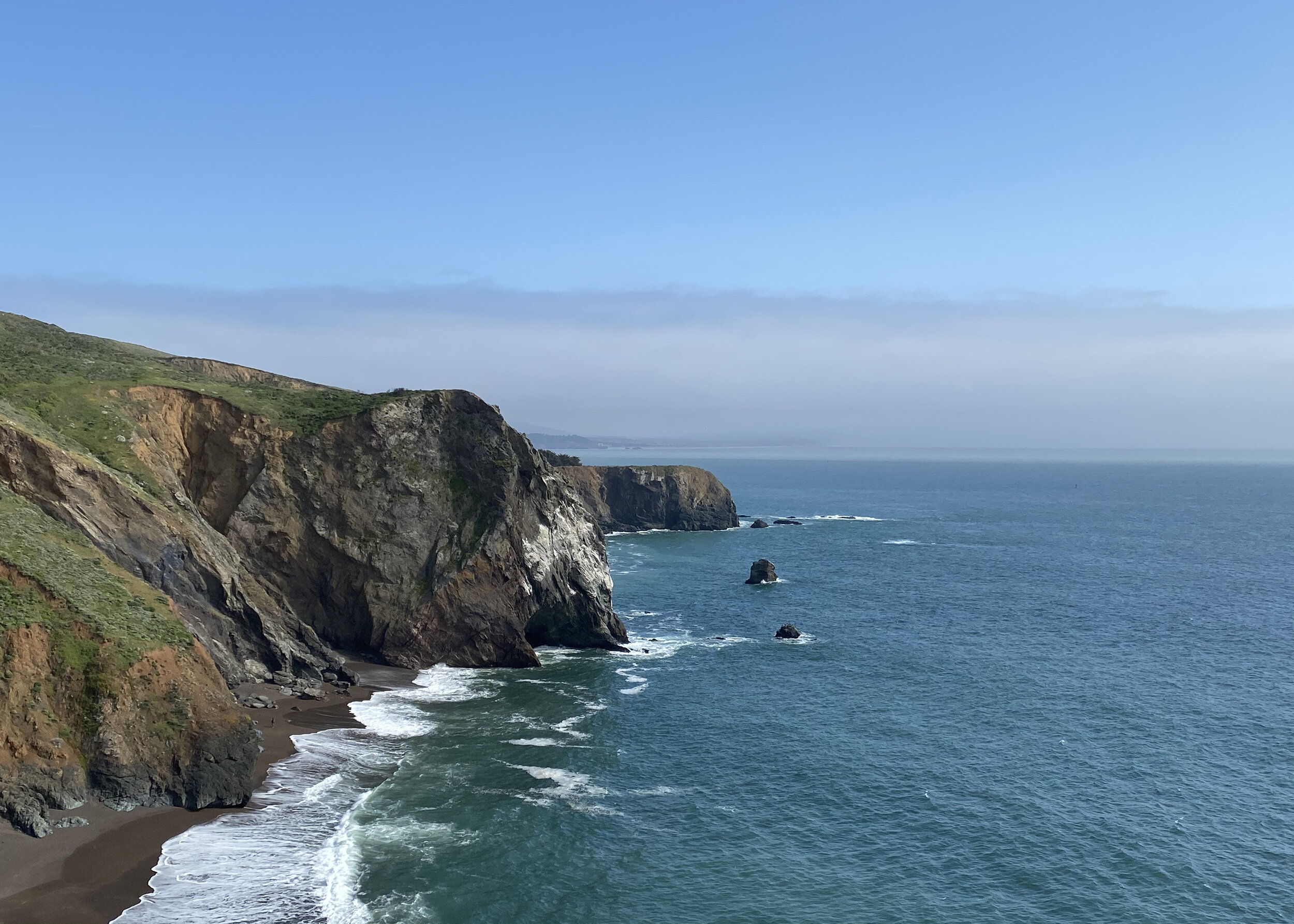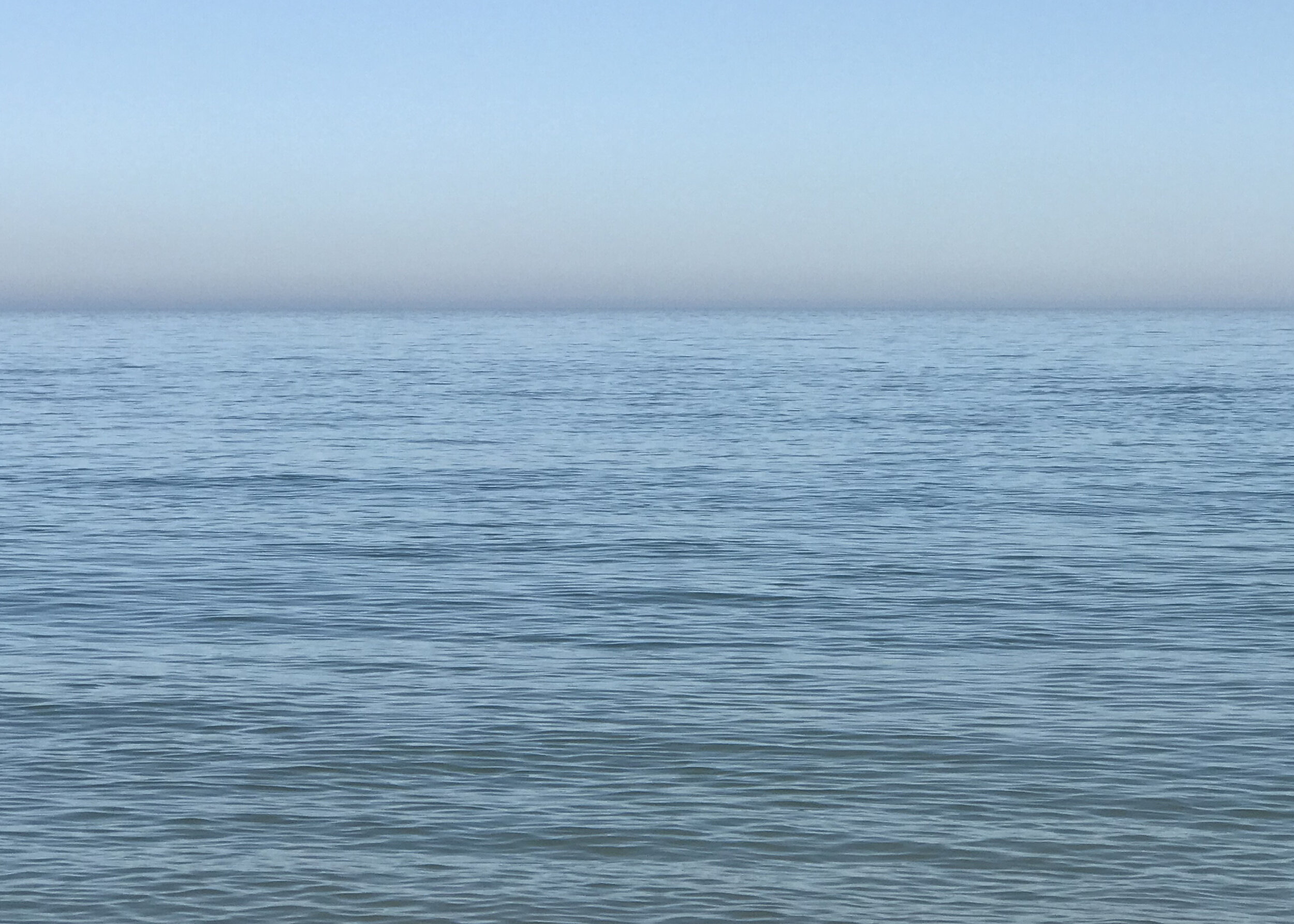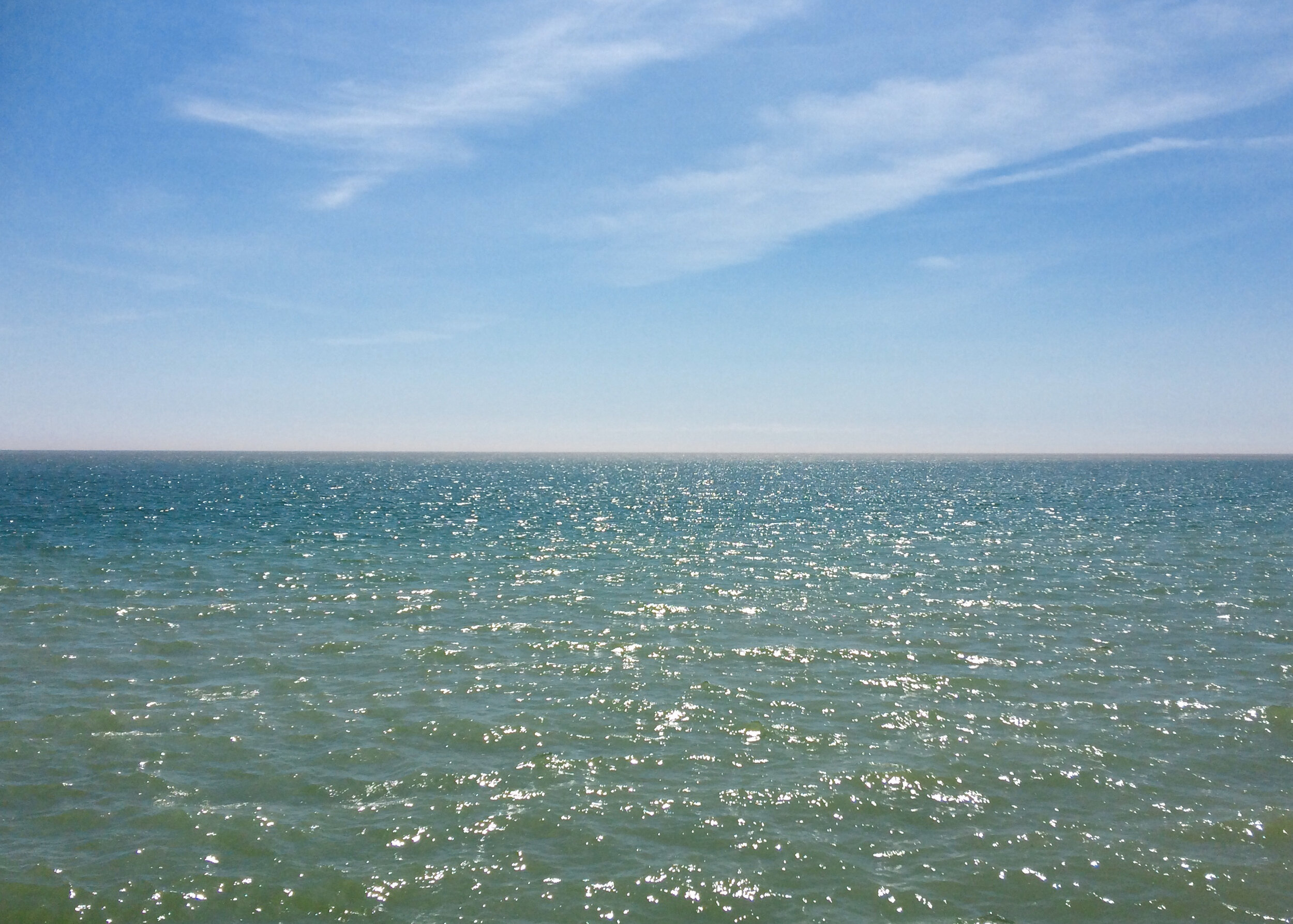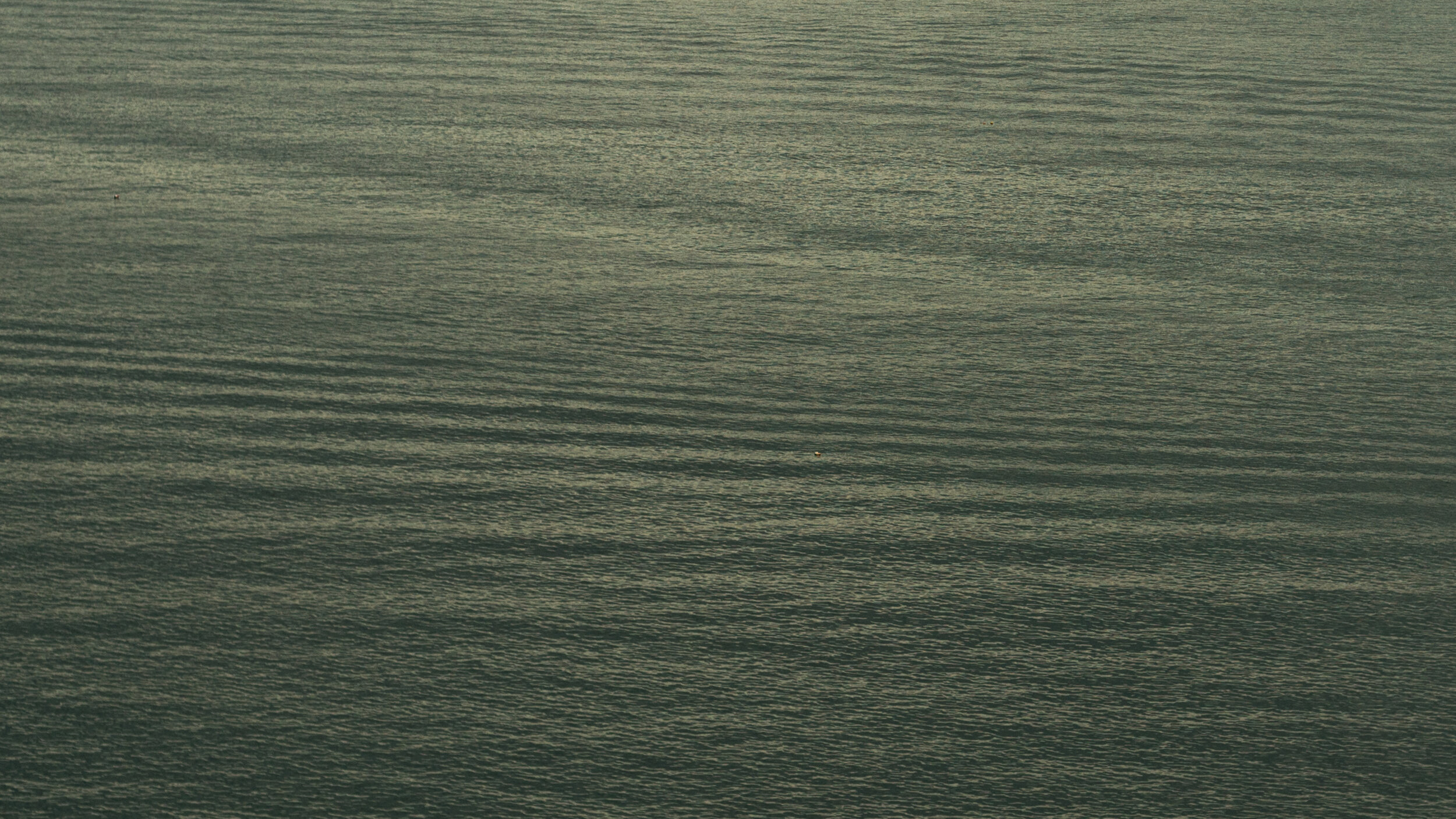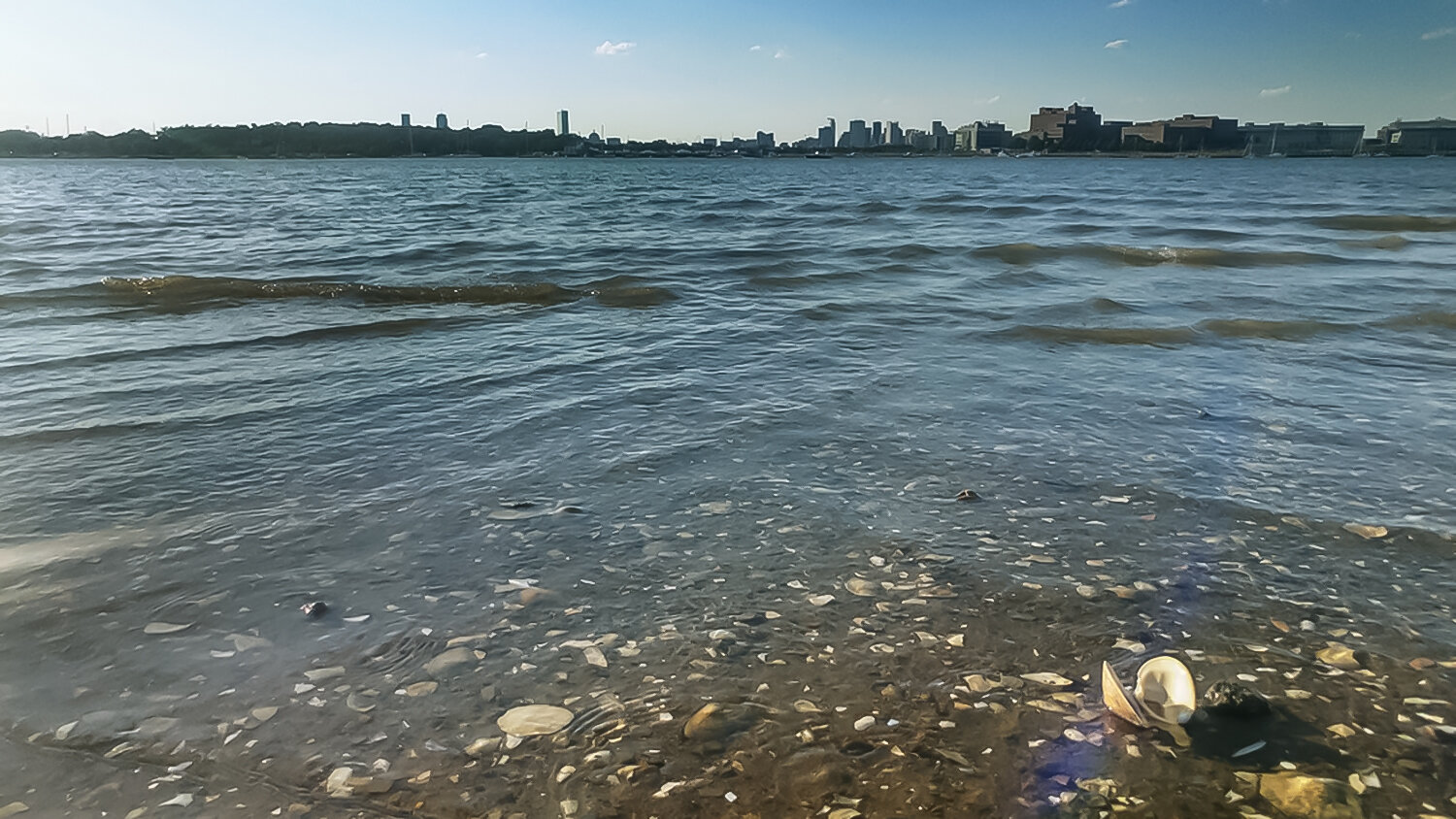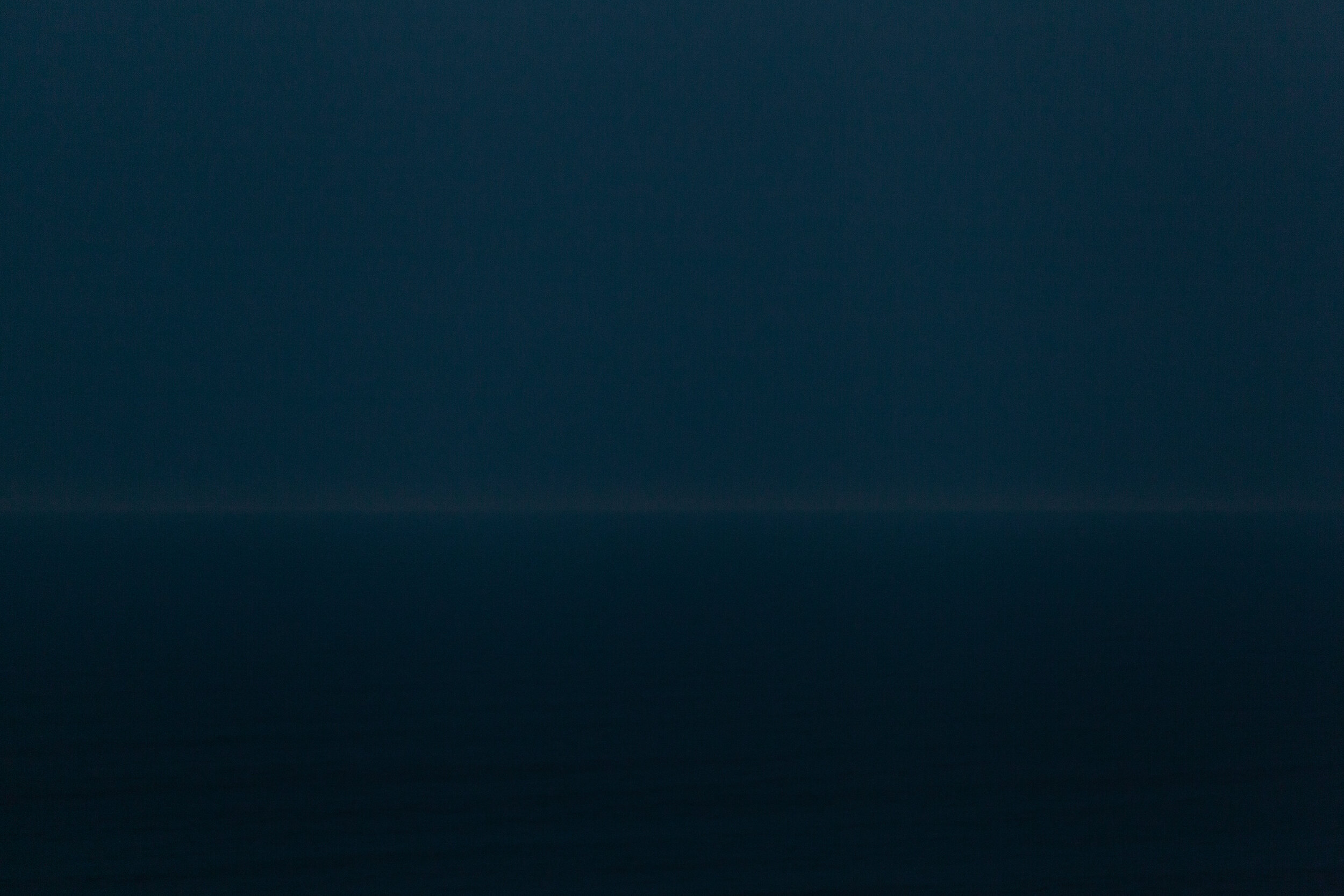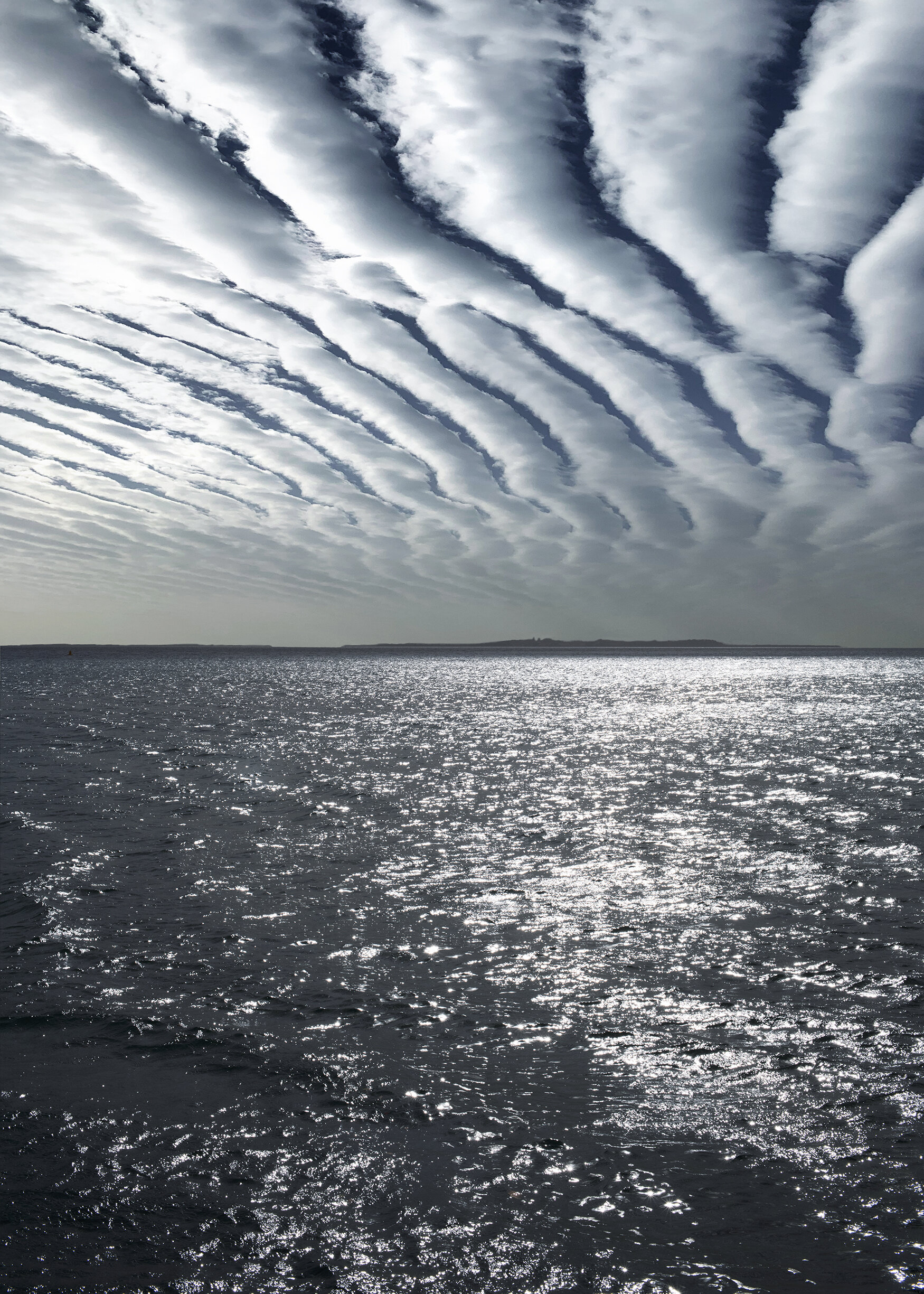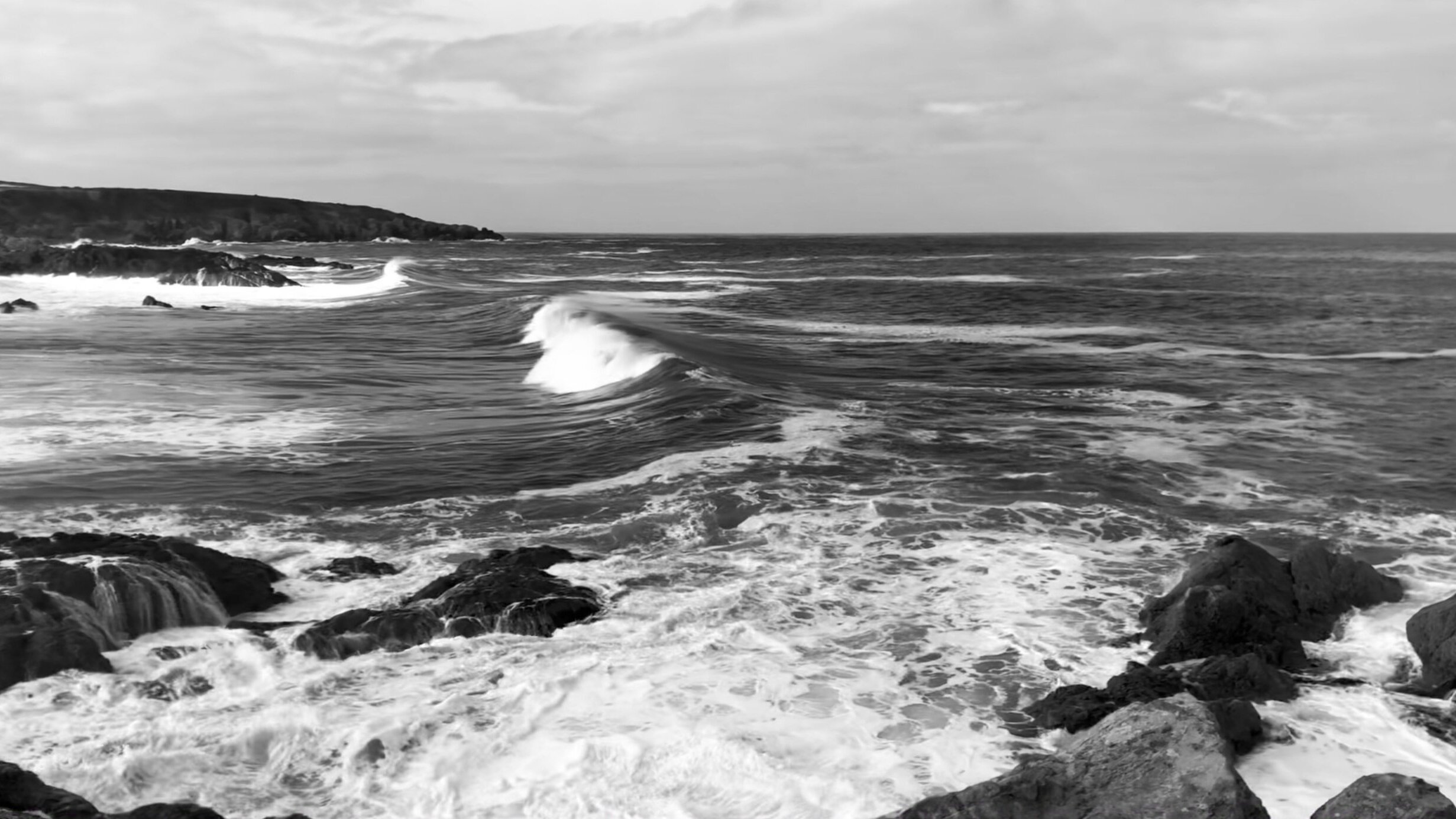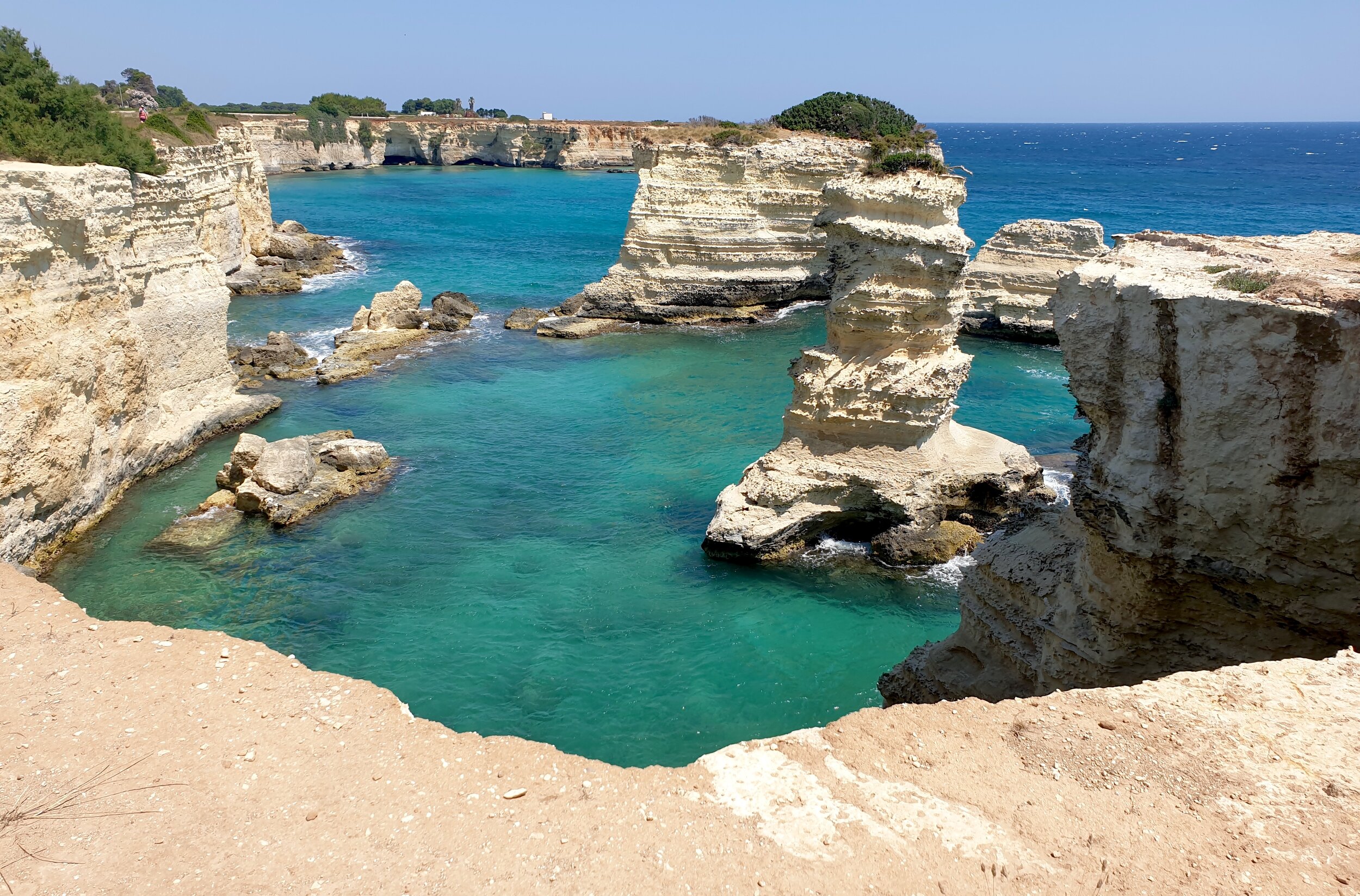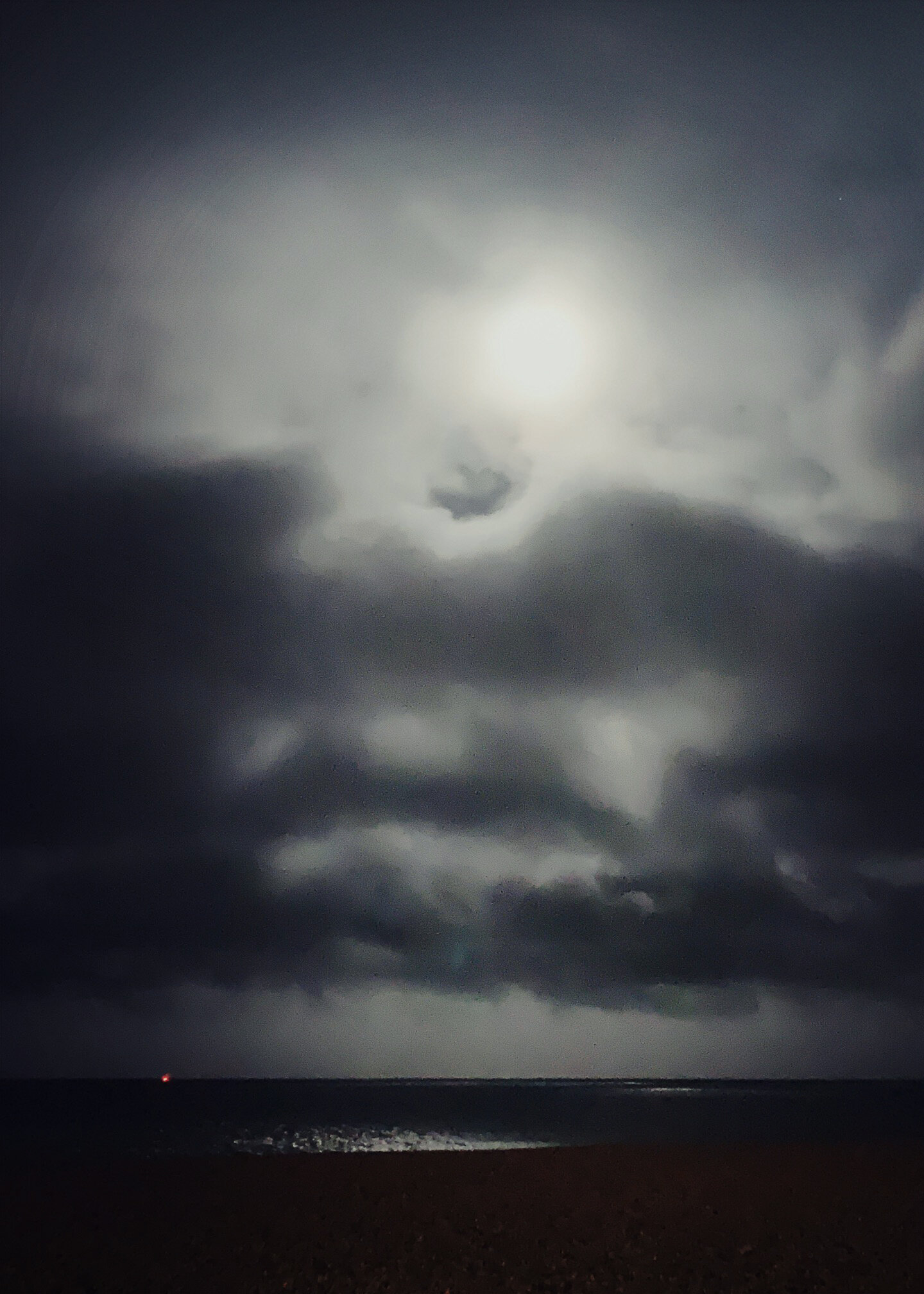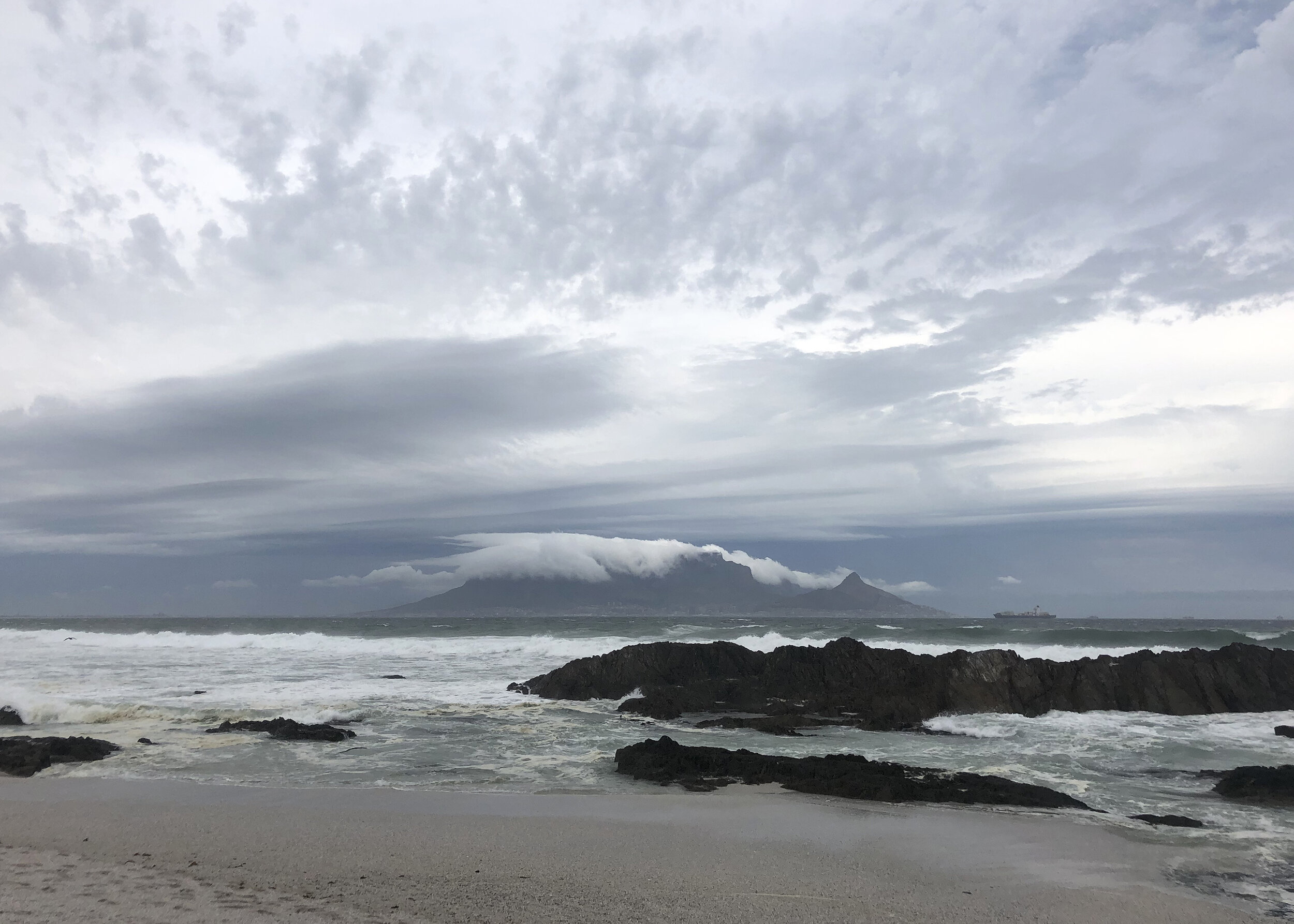
Online Exhibition
Curated by David Cass | Texts by John Englander
Nuuk, Greenland
Nattaphon Kakatoom, 23rd November 2020
This new online exhibition brings together the results from two of artist David Cass’ recent undertakings: an awareness-raising collaboration with sea-rise expert John Englander; and a project devised during the lockdown of 2020, in which Cass gathered photographs of sea from people around the world. Brought together, the outcome is both a social and educational artwork, exploring the ocean that connects us all, during an unprecedented and turbulent period. The last months have been not only devastating for our planet’s human population, but also for our oceans, which reached their hottest level in recorded history.
The great majority of the images featured here were captured by locals of seaside locations, or those who found themselves by the sea when the world went into lockdown last year. These are transporting images, they’re both uplifting and thought-provoking, many accompanied by notes from the person behind the lens, which can be found on Cass’ blog. Englander’s texts and the participants’ photographs combine to form a single narrative which is firmly of its time. The exhibition features one image from each participant, taken using digital, analogue and smartphone lenses. Audience involvement is becoming an important aspect of Cass’ art practice, and the enthusiasm of those who submitted images to the project and willingness to enter into dialogue is clear.
Englander’s texts have been arranged so as to offer bitesized ocean facts – particularly within the context of rising sea levels. The launch of the exhibition coincides with the release of his much anticipated second book, Moving to Higher Ground: Rising Sea Level & the Path Forward.
Life on Earth began in the oceans billions of years ago.

Golam Head, Connemara, Ireland
David Gange, 22nd February 2020
Coming Together
David Cass
As a lighthearted solution to the travel restrictions we’ve been facing as a result of the coronavirus pandemic, I launched an open call titled The Sea from Here at the beginning of the first lockdown, asking people who lived by the sea – or found themselves on a coast at the point of lockdown – to send me their view, without going out of their way to do so, or disobeying rules of social distancing; whether this was the sea they saw from the foot of their garden, or a phone-snap taken whilst out walking.
The project grew. Photos arrived from all over the world. And as travel rules changed, many who had been unable to take part in the project at the beginning sent pictures taken during brief seaside forays. While my partner and I spent almost all of 2020 confined to our central London flat, the near daily submissions to the project arriving in my inbox were uplifting and transporting – eye opening, too – often accompanied by notes and observations on how our coasts are changing as a result of development, subsidence or sea-rise.
Profound images and stories arrived. Danette Quartey sent in a series from Cannes, where she ended up stranded for several weeks, as international travel ground to a halt. Li-Ann Smal described the erosion she’s been witnessing since childhood in Greystones, Ireland. Just along the same coast, Niall Meehan made me feel part of his morning swim, sharing stunning images from within the water. Katie Mcalister sent photos taken during a cross-Channel relay. David Gange sent a ferocious seascape, taken from his kayak whilst holding onto rocks and using a reef for shelter. Alessa Brossmer and her artistic collaborator Jochen Orso sent an aerial image of an iceberg on Jökulsárlón (Glacier River Lagoon, Iceland) where they’ve been recording melting bergs. Paaluk Kreutzmann spoke of the difficulties faced by Greenlanders, with sea-ice melting earlier year on year. Jane Lethbridge’s shot shows ash coloured sand on Avoca beach in New South Wales in the aftermath of the region’s wildfires; Leslie Hickey’s was taken just after Oregon’s equally devastating blazes:
That day had the bluest sky, the deepest blue water. After almost two weeks of heavy wildfire smoke, it was a relief to just be there, without the apocalyptic yellow clouds and pink sunlight I had been living through. The sea was a revelation; everything was clean and beautiful and being there already felt like a memory.
My own contribution to the project was captured in late February of last year, just outside Taigh Chearsabhagh arts centre in North Uist, and just before the pandemic had started to take hold in Europe. It seemed something far off then, yet we were just weeks away from our lives being turned upside down. I remember the stillness of that early morning in Lochmaddy, watching the sun come up on my last day there, turning the bay golden.
97% of the water on Earth is in our oceans, which cover almost 71% of Earth’s surface.

Throughout 2020, while I was working on The Sea from Here, oceanographer John Englander and I had been discussing our ongoing collaboration Ocean Rising – which we had been set to exhibit this month (March 2021) in Edinburgh. John has been sharing with me his insights for a few years now, offering explanations and clarifications as my art practice has become ever more concerned with environmental themes. His direct, uncomplicated method of conveying information – specifically regarding sea level rise – is what draws me to his work time and again. John has the ability to distill facts, presenting his findings in an accessible manner, which is vital when the topic affects us all. Throughout last year, John was producing short texts as accompaniments to a series of my own artworks.
It became clear, however, that galleries wouldn’t be able to open in Scotland for that presentation to take place. And so, we re-routed. Fortuitously, the texts John had been creating for Ocean Rising, very naturally married with the sea photographs I’d been gathering for The Sea from Here. The result is this online exhibition, and perhaps it was destined to be.
These photographs each describe the same ocean, just from different vantage points. The sea unites us. John writes, ‘oceans are connectors and borders, linking nations, friend and foe.’ I see the project as a marker of its time: a snapshot of where we are at, at this point physically, psychologically and within the context of climate change and a global pandemic. The sea, from here.
March 2021
Bamburgh, Northumberland, England
Lewie Wicksted, 14th October 2020
Block Island, Rhode Island, USA
Anna Pearce, 23rd August 2020
Ilulissat, Greenland
Carina Bjorling, 8th September 2020
The most important line in the world is the coastline – it defines what is valuable land.

Coral Beach, Plockton, Scotland
Louise Scott, 8th June 2020
Portland Bill, Dorset, England
Elspeth Bray, 20th July 2020
Westerschelde, Zeeland, Netherlands
Gieske van Hoorn, 29th December 2020
Seaford, East Sussex, England
Patrick Goff, 5th February 2020
Warrnambool, Victoria, Australia
Marion Hera-Gorr, 2nd February 2020
Between Lossiemouth & Garmouth, Moray Firth, Scotland
John Ferguson, 30th August 2020
Yellowcraigs Beach, East Lothian, Scotland
Rosemary Everett, 29th September 2020
Point Dume, Los Angeles, USA
Catie Ziller, 11th May 2020
Talisker Bay, Isle of Skye, Scotland
Martha Martin, 26th August 2020
Scheveningen Beach, The Hague, Netherlands
Veronica Pock, 6th June 2020
The ocean is a source of endless fascination: its greatest depth is more than Mount Everest’s height; its mood can change suddenly, from flat calm to raging storm; its phytoplankton produce half of our life-sustaining oxygen…

Whitstable, Kent, England
Pamela Attwell, 27th May 2020
North Minch, Scotland
Pat Law, 2nd February 2020
Fraisthorpe, East Yorkshire, England
Patrick Glover, 23rd January 2020
Sellicks Beach, Fleurieu Peninsula, Australia
India Flint, 27th April 2020
Tennessee Valley, California, USA
Tjasa Owen, 12th April 2020
Portobello, Edinburgh, Scotland
Sarah Thomas, 24th April 2020
Suffolk Coast, England
Cathryn Shilling, 7th August 2020
Walberswick, Suffolk, England
Claire Whittenbury, 12th May 2020
West Wittering, West Sussex, England
Lucy Black, 5th September 2020
Luka Rovinj, Rovinj, Croatia
Clea Friend, 27th August 2020
Broadstairs, Kent, England
Jennifer Edgecombe, 20th May 2020
Towards Tregardock, North Cornwall, England
Nic Tyler, 1st July 2020
South Queensferry, Edinburgh, Scotland
Kirsty Thomson, 12th December 2020
Solway Estuary, Cumbria, England
Susan H Glassford, 6th November 2020
Cloudy Bay, Bruny Island, Tasmania
Michelle O'Hara Auer, 14th April 2020
Jurmala, Gulf of Riga, Latvia
Anna Iltnere, 8th June 2020
Messolonghi, Aetoloakarnania, Greece
Fotini Kalfa, 4th June 2020
Barwon Heads, Victoria, Australia
Carla Osinski, 12th May 2020
Largs, North Ayrshire, Scotland
Ian Wilson, 28th May 2020
Tregardock, North Cornwall, England
Mary Steward, 25th May 2020
Fraisthorpe, East Yorkshire, England
Bobby Nixon, 30th May 2020
Barceloneta Beach, Barcelona, Spain
Becky Nash, 11th May 2020
Bay of Plenty, North Island, New Zealand
Elin Frick, 12th May 2020
Oceans largely determine global weather patterns.

Pointe Croisette, Cannes, France
Danette Quartey, 8th April 2020
Claigan Coral Beach, Skye, Scotland
Kenna, 2nd September 2020
West Sands, St Andrew’s Bay, Scotland
Helen Glassford, 14th June 2020
Emmanuel Head, Lindisfarne, England
Nancy Campbell, 15th September 2020
Isle of Sheppey, Kent, England
Celeste Spain, 20th September 2020
Monemvasia, Laconia, Greece
Tatiana Pantou, 22nd February 2020
Busan Harbour, Busan, South Korea
Patrick Lydon, 11th June 2020
Boston Harbour, Massachusetts, USA
Claire O'Connor, 25th June 2020
Warmer oceans mean that the ice on land will melt until it reaches a new equilibrium. Melting glaciers on Antarctica and Greenland will eventually change the height of all oceans by many metres.

Neahkahnie, Oregon, USA
Leslie Hickey, 28th September 2020
Lima, Peru
Ana Lía Orézzoli, 28th September 2020
Traigh Lar, North Uist, Scotland
Ellis O'Connor, 17th June 2020
North Beach, Greystones, Ireland
Li-Ann Smal, 11th May 2020
Avoca Beach, NSW, Australia
Jane Lethbridge, 13th February 2020
Thirroul, NSW, Australia
Susan McCreery, 9th April 2020
Port Phillip Bay, Mount Martha, Australia
Warrick Wynne, 26th May 2020
Antikyra, Boeotia, Greece
Stella Skaltsa, 25th August 2020
Last year was the warmest on record for our oceans.

Port Stewart, County Londonderry, Northern Ireland
Andrew Tomlin, 31st August 2020
Spanish Point Beach, County Clare, Ireland
Claire O'Hara, 16th September 2020
Plaja de la Ribera, Sitges, Spain
Sophie Lascelles, 4th December 2020
While the atmosphere is also getting warmer, more than 90% of the excess heat is stored in the oceans. Like a pot of water on a stove, the water stays warm long after the heat source is turned off.

Silwick, Shetland, Scotland
Peter Davis, 2nd May 2020
Margate Lido, Kent, England
Jamie Freeman, 26th May 2020
Quandamooka Coast, Queensland, Australia
Rachael Wellisch, 30th May 2020
Ravlunda, Scania, Sweden
Anna Karlsson, 2nd June 2020
Climping Beach, West Sussex, England
Julia Osborne, 23rd May 2020
Kingsteps Beach, Nairn, Scotland
Morag Smith, 7th May 2020
Languard Point, Felixstowe, England
Kevin Healy, 1st February 2020
Higher sea levels will gradually reshape coastlines all over the world. Even a few centimetres of change are already affecting the short-term flooding brought by storms, heavy rains, and extreme tides. Sea level is the baseline that raises all these temporary events.

Dún Laoghaire, Dublin, Ireland
Milica Atanackovic, 31st May 2020
Roscoff, Brittany, France
Siobhan O’Hehir, 4th August 2020
Climping Beach, West Sussex, England
Tamara Fogle, 3rd August 2020
The Soul & the Sea
Dr Gary Husband
From the earliest dawning of the human race, communities and groups have turned to the sea. The earliest evidence of hominids arriving on the shores of the British archipelago shows groups clearly dependent on its extensive coastline and surrounding body of water. They lived, hunted, bred and died in these changing landscapes and incredibly, we can see the evidence of that to this day. The enduring relationship that humans have with the sea is a mysterious and common facet that binds our global community together, it offers an unspoken language to which we can all relate and a visceral experience that few can articulate. As Melville wrote:
There is, one knows not what sweet mystery about this sea, whose gently awful stirrings seem to speak of some hidden soul beneath.
It is perhaps our perception of the sea as a living thing that draws us to it, and it is perhaps this attraction that should stir us to action. The oceans are the last true wildernesses of this planet and these photos demonstrate the liminal perspective of the interacting spaces between sea and land, of human and the wild. If the pandemic can offer any benefits, they are perhaps to be found in the wider interactions and availability of opportunities for learning. This exhibition in so many ways acts as a catalytic space where beauty, language, experience, knowledge and learning interact to form a sum much greater and more powerful than that of their individual parts. This work is critically important in delivering a message that needs to be heard through the collective experience of its contributors. The power of being connected to water cannot be overlooked as a fundamental part of the human condition and the sea has quite literally shaped the way society has developed in many parts of the world. While oceans have an unfathomable ability to heal and recover, they may well do so despite humans and tragically, without us. Over the last twelve months (and indeed for the entirety of human history) the sea has offered hope, comfort and solace for many. This exhibition stands as a marker in time and an opportunity for collective learning which celebrates our relationship with the world we inhabit.
March 2021
Global ocean levels today are rising due to melting ice sheets and glaciers on land; as well as a direct effect of their warming, described as thermal expansion.

Isfjorden, Svalbard
Mary Walters, 1st March 2020
Mallaig Bheag, Highland, Scotland
Jane Rushton, 11th March 2020
Ilulissat, Greenland
Lisbeth Karline Poulsen, 18th September 2020
Borgarfjarðarbrúin, Borgarnes, Iceland
Ásta Sif Árnadóttir, 11th November 2020
Water expands as it warms. In the last century, thermal expansion of seawater has contributed more than 10cm to ocean height.

Lège-Cap-Ferret, Gironde, France
Antje Kiewell, 11th July 2020
Scapa Beach, Orkney, Scotland
Louise Barrington, 21st April 2020
Contrary to popular belief, melting icebergs and sea ice have no effect on sea levels. Like floating ice in a glass, they are approximately 10% above the surface, due to the peculiar fact that ice is less dense than water.

Eilean Dubh, Isle of South Uist, Scotland
Michael Faint, 29th December 2020
From geologic history it is clear that even 1°C higher global temperature eventually corresponds to metres higher sea level. We are in the early stages of a transition that will continue throughout this century and beyond.

Portsoy, Aberdeenshire, Scotland
Simon Kirby, 27th September 2020
Eigg, from the Canna to Mallaig ferry, Scotland
Nerea Bello, 15th September 2020
Throughout Earth’s history sea level has varied by more than 100m as the amount of ice on land has altered. The last low-water mark was approximately 22,000 years ago, when sea levels were around 120m below present. The last high-water mark was approximately 120,000 years ago, when sea levels were roughly 7m above present. These fluctuations were part of a natural repeating process, commonly called the Ice Ages, a phenomenon that has been occurring naturally every 100,000 years.

Ilhas Cíes, Galicia, Spain
Carla Andrade, 13th September 2020
As a result of increased levels of carbon dioxide in the atmosphere – acting as a highly efficient heat insulator – we have now broken out of the Ice Age cycles of the last two and a half million years.

Broughty Ferry, Dundee, Scotland
Stewart Murdoch, 9th March 2020
Inverloch, Victoria, Australia
Lisa Churchward, 9th May 2020
Cambo Sands, Kingsbarns, Scotland
Philippa Mitchell, 27th May 2020
Cape Cod, Massachusetts, USA
Patricia Emison, 6th August 2020
In addition to global sea level variations, there are also local factors that influence change. For example, land in different places moves either up or down: caused by tectonic shifts; the compaction of silts and organic matter; or the pumping of water or petroleum from the ground. Such local variations warrant evaluation to better predict future sea levels and to design adaptations.

Rømø, Sønderstrand, Denmark
Margarethe Kölmel, 11th October 2020
Bantham Beach, South Devon, England
Rose Raine Sutherland, 26th June 2020
Whitstable, Kent, England
Dan Rawling, 15th July 2020
Oxwich Bay, Gower, Wales
Jo Frost, 27th June 2020
Caswell Bay, Swansea, Wales
Jim Young, 21st June 2020
Changing sea levels may very well have been the basis for the many stories of great flood told by cultures around the world: the Biblical and Qur’anic accounts of Noah’s Ark; the flood myths of the Mayans, the Gilgamesh flood myth, the Hindu story of Manu…

The Twelve Apostles, Victoria, Australia
Camila González Benöhr, 15th March 2020
Almirante Montt Gulf, Puerto Natales, Chile
Guillermo Rojas Alfaro, 7th February 2020
Given a chance, the marine ecosystem has an amazing ability to recover.

Disgha, Valletta, Malta
Austin Camilleri, 28th December 2020
Redington Shores, Florida, USA
BJ Maynard, 10th May 2020
Peterhead, Aberdeenshire, Scotland
Frances Innes, 1st May 2020
Joppa, Edinburgh, Scotland
Lisa Fraser, 24th May 2020
Boca Raton, Florida, USA
John Englander, 17th June 2020
Barbate, Cádiz, Spain
Gracia Gómez-Cortázar, 13th August 2020
Mirador del Mediterrani, Barcelona, Spain
Alex Cass, 11th May 2020
Sant’Andrea, Puglia, Italy
Naomi Muirhead, 7th July 2020
Deal, Kent, England
Suzanne Dean, 31st October 2020
Badenscallie, Highland, Scotland
Madeleine Inkin, 16th August 2020
Montpellier, Occitanie, France
Suzanna Wilson, 27th May 2020
Lundy Bay, North Cornwall, England
Tim Steward, May 25th 2020
Agiofili, Lefkada, Greece
Georgia Politi, 25th August 2020
Platja de Sant Sebastian, Barcelona, Spain
Tori McCartney, 11th May 2020
Near Cap de Gris Nez, Pas-de-Calais, France
Katie Mcalister, 14th August 2020
Les Minimes, La Rochelle, France
Isabelle Guillocheau, 8th May 2020
Blouberg beach, Cape Town, South Africa
Alex Downes, 8th March 2020
Ocean Planet is an apt description, but our focus is very much on the land, where we live. We take the coastline for granted.

Oqaatsut, Greenland
Andreas Hoffmann, 25th May 2020
Perhaps the rising sea will get our attention as it renders swathes of valuable land uninhabitable. All coastlines will change this century. There is time to adapt, but we must make haste.

Tenesar, Lanzarote, Spain
Inés García, 28th September 2020
Thanks to everyone who took part
The oceans are rising and so are we
Curatorial rights are with David Cass
While images remain the copyright of each contributor, we ask that you seek permission before sharing from this webpage
Each participant has given consent that their image(s) be presented as part of the project
Banner texts are copyright John Englander (2021) from the project Ocean Rising
Gratitude to John for producing these valuable insights
John is a sea level rise & climate change expert, oceanographer, speaker, author & consultant
Thanks to Rhea Banker, Jane Rushton, Elizabeth Ogilvie & Sigrún Guðmundsdóttir for assistance in gathering images from the far north
to artist Joseph Calleja for creative support
and to Gonzaga Gómez-Cortázar for design contributions
Special thanks to Dr Gary Husband for his text The Soul and the Sea
Gary is lecturer in Professional Education & Leadership, University of Stirling & visiting professor, University of Sunderland
Commentary
“…you can’t help wondering how different some of the places featured in this exhibition might look in 100 years’ time”
Lockdown photo project brings the perils of sea level rise into sharp focus | Feature in The Scotsman Arts & Culture by Roger Cox
“A glimpse into the unreachable. A wonderful collection of images to transport you to the edges of the terrestrial world.”
“For anyone who yearns for wide horizons ~ a brilliant environmental art project…”
“An inspirational and deeply poignant collection – images for the soul that reflect our interconnectedness with the ocean and the lands we inhabit.”
“What a fabulous collection of images. I can never get enough of looking at the ocean! Thank you so much for bringing this exhibition to the world. We are all joined by the oceans.”
“If you’re already missing the sea, these beautiful photos may help. If you’re not already missing the sea, you may be by the time you’ve seen these beautiful photos.”
“Incredibly moving documentation depicting environmental ocean changes told in world photographs.”
“…at a time when some of us feel so far apart it’s comforting to know we are all connected by this amazing body of water.”
“For all who love and perhaps miss the sea, take a look at this beautiful online exhibition featuring photos from all over the globe snapped by coastal dwellers during lockdown.”
“…very evocative images of our perilous coastal environment.”
“A rare and beautiful online exhibition indeed.”




